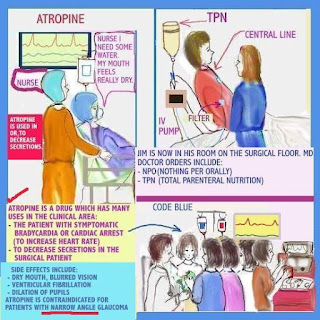SIMPLE FACTS ABOUT HYPOVOLEMIC SHOCK

The patient in Hypovolemic Shock The patient in Hypovolemic Shock has usually lost a significant amount of blood. Fluid replacement and assessment is necessary. IV fluids such as Ringers Lactate, Albumin or blood transfusion may be used in the treatment. Enjoy watching the videos : Sessions for Nurses 9 - The Patient in Hypovolemic or Spinal Shock The New Nurse - Blood transfusion Blood transfusion reaction: If a blood transfusion is ordered by the doctor, it is important for the nurse torememb er that a reaction is possible. There are many steps to follow, in order to ensure that the blood transfusion is done correctly . The nurse should also bear in mind , the possibility of a blood transfusion reaction, even when things are done the right way. Warning signs of a blood transfusion reaction: - chills, anxiety, flushing - itching, shortness of breath, chest pain Immediate action should be taken, to stop the blood and notify MD for further orders.


